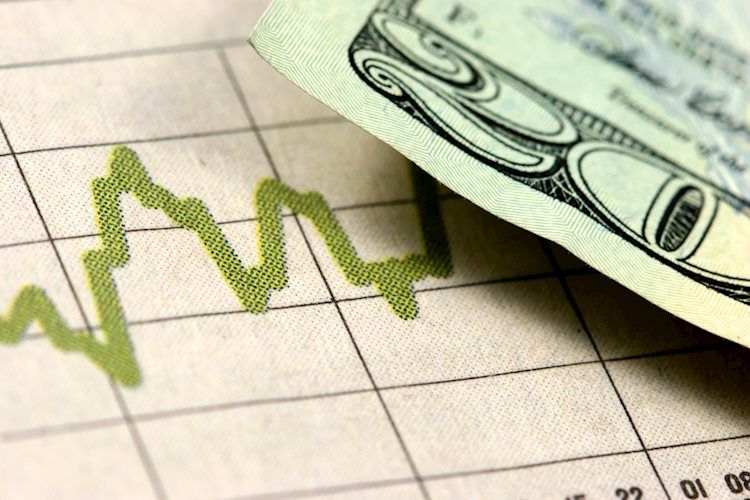The US Dollar Index (DXY) recently retreated as uncertainty surrounding the upcoming US presidential election offset gains from positive service sector data. Despite the ISM Services PMI indicating strong growth, concerns over the election outcome have weighed on the Dollar’s strength. The increased likelihood of Kamala Harris winning the election and a disappointing October Nonfarm Payrolls (NFP) report have also contributed to the Dollar’s decline. This has raised expectations of a less hawkish stance from the Federal Reserve (Fed) and led to market pricing in a potential rate cut by the Fed this week.
The Daily digest market movers highlight the selling pressure faced by the US Dollar as attention shifts towards the US presidential election. The ISM Services PMI for October exceeded expectations, pointing to accelerating growth in the US service sector. Concerns over political uncertainty have risen among businesses, as indicated by the ISM survey. Investors are speculating that a Trump victory could support the US Dollar due to his inflationary policies. Markets anticipate a rate cut from the Fed next week and another in December.
The DXY technical outlook suggests a bearish momentum with support at 103.50. The index is consolidating, indicating a potential retest of the 200-day SMA support level. The RSI is sloping downwards, while the MACD is showing lower green bars, suggesting a possible retracement. Key support levels to watch are at 103.30 and 103.00, while resistance levels are at 104.00, 104.50, and 105.00.
The Federal Reserve (Fed) plays a significant role in shaping monetary policy in the US. The Fed’s primary mandates are to achieve price stability and foster full employment by adjusting interest rates. Higher interest rates strengthen the US Dollar, making it more attractive to international investors when inflation is above the Fed’s target. Conversely, the Fed may lower interest rates to encourage borrowing, which can weigh on the Greenback when inflation falls below 2% or the Unemployment Rate is high.
The Fed holds eight policy meetings a year where the Federal Open Market Committee (FOMC) assesses economic conditions and makes monetary policy decisions. In extreme situations, the Fed may resort to Quantitative Easing (QE) to increase credit flow in the financial system during crises or low inflation. QE involves the Fed printing more Dollars to buy high-grade bonds from financial institutions, weakening the US Dollar. Quantitative tightening (QT) is the reverse process where the Fed stops buying bonds and is positive for the value of the US Dollar.











